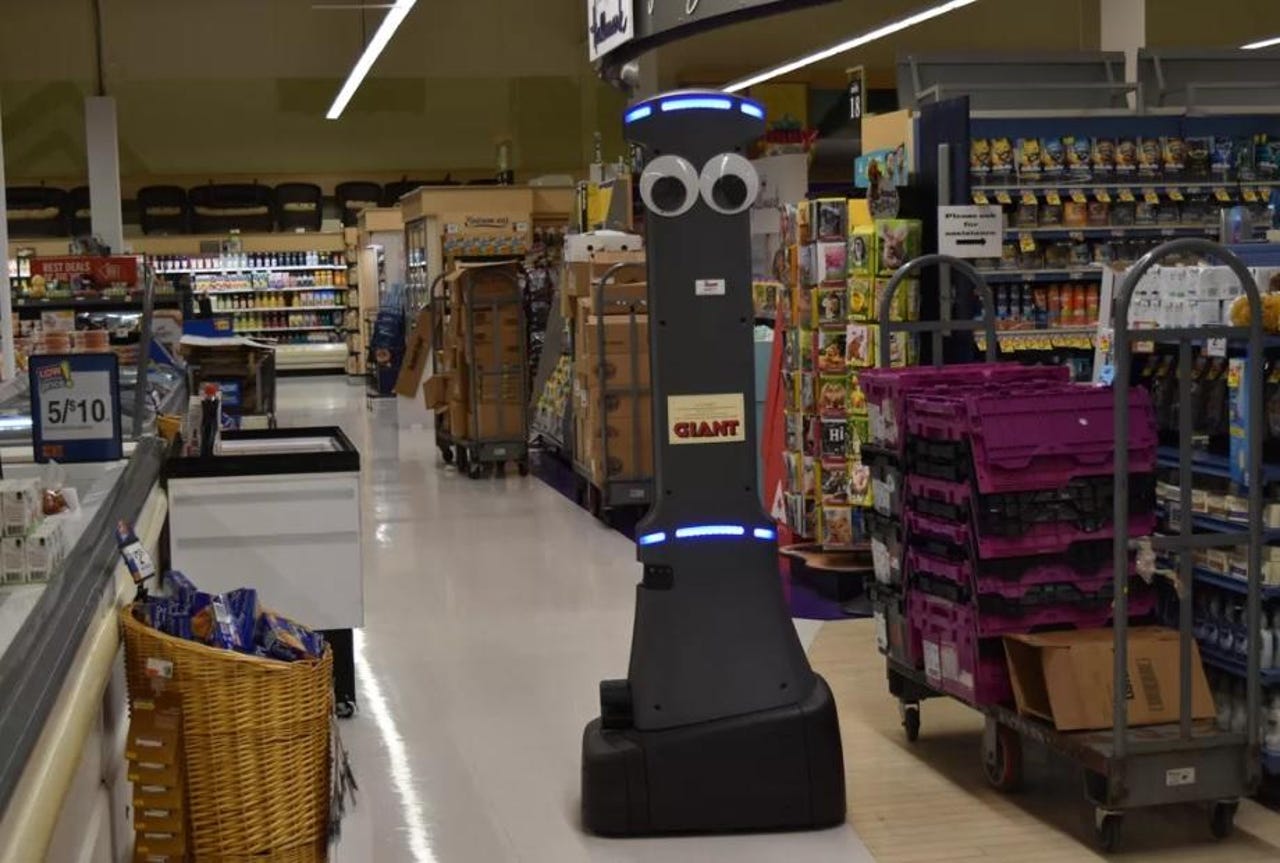Your friendly neighborhood robot: A he, a she, or an it?

He, she, it or something else?
My preferred gender pronoun is, "Oh, it's you again." But really, you can call me anything you like, especially with a last name like mine.
Must-see offers
Others, though, can be more sensitive about these things, sometimes with good reason.
What, though, should you call your new soon-to-be-best friend, the robot? The one who may clean your floors, book your restaurants, and take your job.
This seems to be a source of much current debate.
Why, here's a Wall Street Journal headline that reads: "Why we should teach kids to call the robot 'It.'"
Many large brains believe that kids need to have boundaries between the human and the clever machine created by a human.
Yet Google, Apple, and Amazon have already inserted their robots into people's homes, and all have a decidedly female bent.
Here's a chilling sentence from the Journal: "Many children think robots are smarter than humans or imbue them with magical powers." (My Siri certainly doesn't.)
Worse -- or better, if you're desperate for singularity in your life -- research showed that kids between 9 and 15 who spent mere minutes with a robot subsequently turned to that robot for comfort in times of woe.
Honestly, I'm the same with the San Francisco Giants.
There are, it appears, ways to bring your kids up in a manner that will make them AI-sane. Be positive about AI, but make sure kids know that humans created these cuddly robots. Yes, just like kids were.
Here's another tip from the experts: "Invite children to consider the ethics of AI design, such as how a bot should behave after winning a game."
Goodness, those poor kids were having to consider ethics at such a young age. Then there's "Guard against AI-propelled toys that presume too much, such as claiming to be your child's best friend."
We all have to be on guard against infiltrators. I was, however, struck semi-insensate by another recent article that exposes the tricky problems these robots create.
Fast Company explained how a library robot in Helsinki, Finland suffered brutally at the hands -- and other limbs -- of humans.
This seemed mean to its creators. After all, the robot was helping customers find their books or the bathroom -- something librarians apparently find tiresome.
Primers
Human children chose to jump on top of the robot. Human adults, too, tended to ignore this machine because it looks like, well, a machine.
Ah, but then the geniuses behind it put googly eyes on the robot and allowed it to have humanesque eye movements and reactions.
Explained designer Minja Axelsson: "With the eyes and the emotions, the goal is definitely not to build a robot that's like a human. It's more to make it more usable, to clearly communicate what the robot's abilities are, to make it fit within its environment in a way that users feel comfortable."
The congenitally cautious might wonder that this is how it always begins. The infiltrator tries to become your friend and never acts as if he/she/it has ulterior designs. It's only when it's too late that you realize what's going on.
Helsinki isn't the only place where googly eyes on robots have been attempted. Not so long ago, I muttered about the Giant supermarket group that had inserted lanky googly-eyed robots into their aisles.
Not everyone was enamored. One of the kinder reactions: "It gets in everyone's way." One of the less kind: "Fuckin dumbass." Of course, it was in New York.
It's a delicate line, isn't it? The tech industry has decided robots are the future. Many humans have decided this is all a little much and wish the robots were put in their place.
What happens when the robots start deciding?
